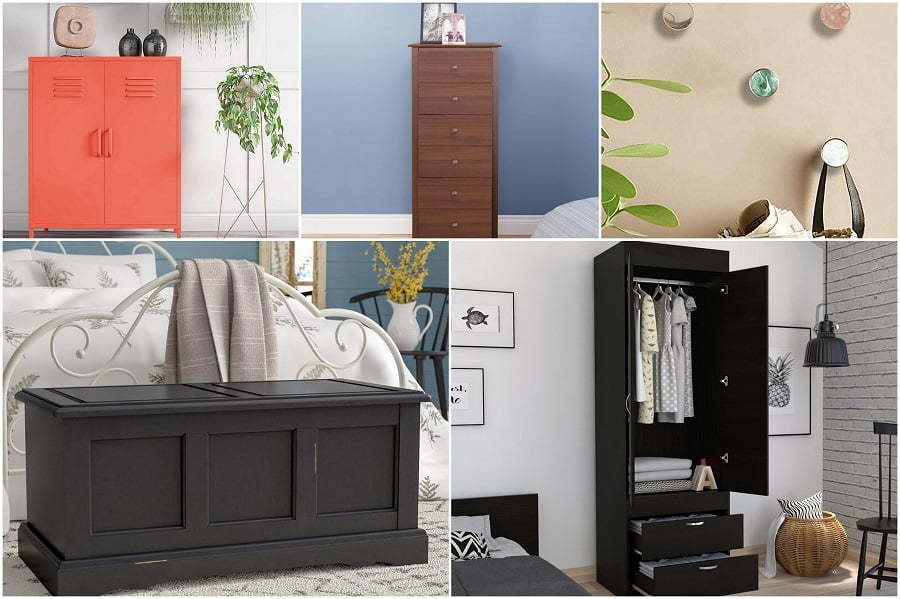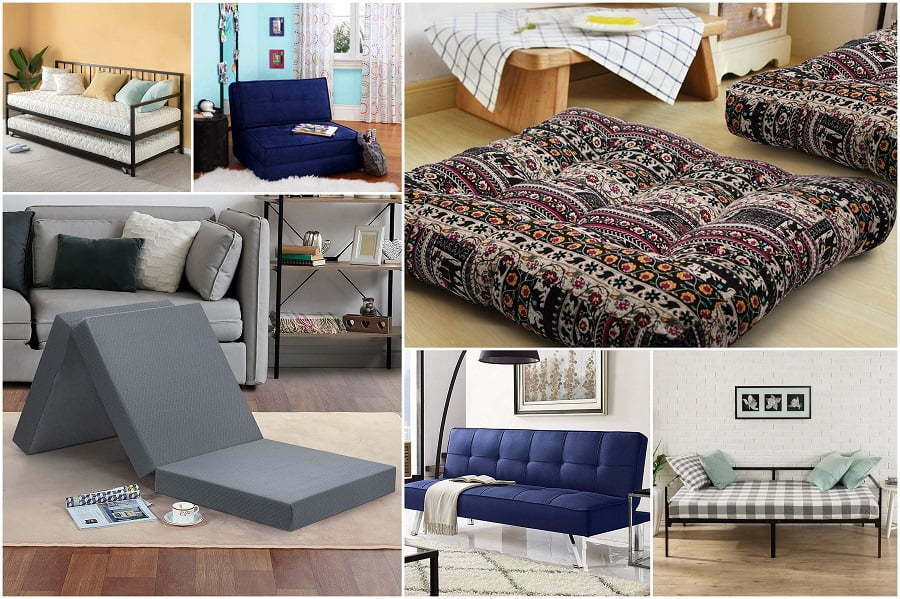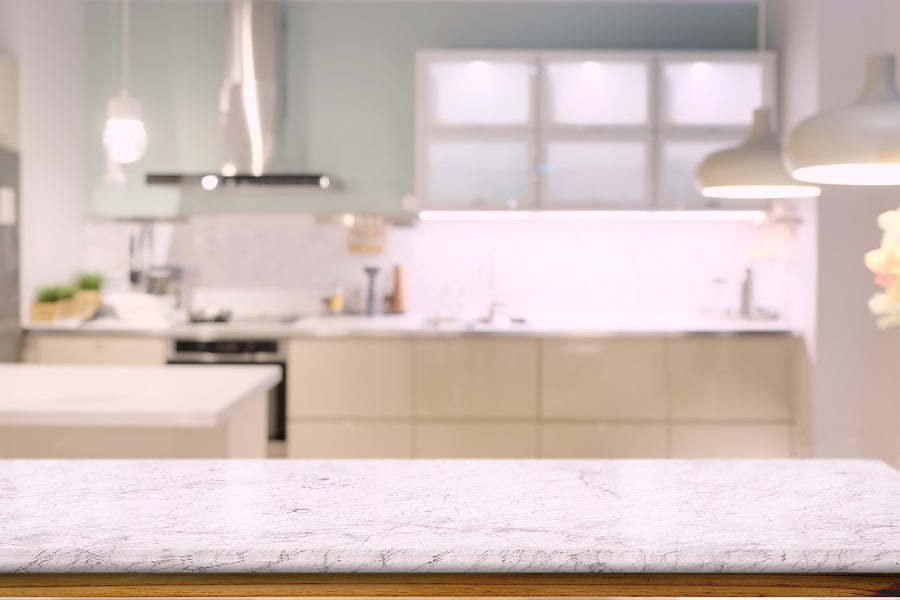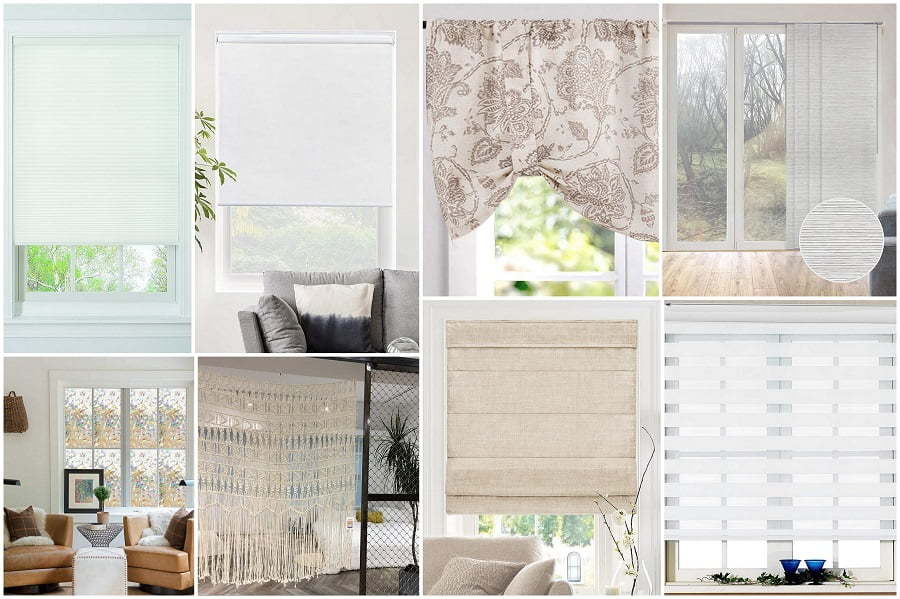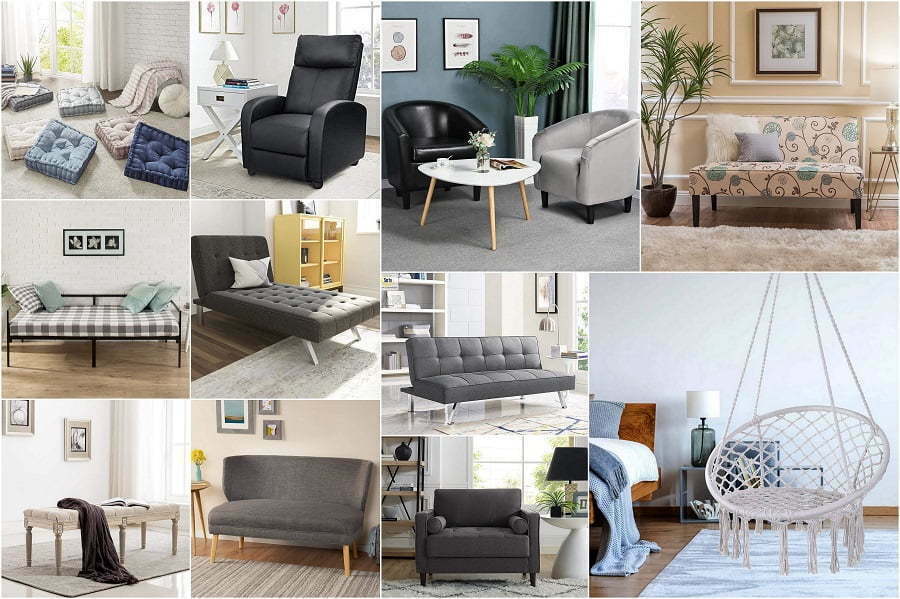Last updated on
Explore innovative and eco-friendly alternatives to traditional roof shingles. Enhance your home’s aesthetic while ensuring durability and energy efficiency.
As a seasoned home decorator, I know that roofing materials can make a huge impact on the overall aesthetic of your home.
But let’s face it, traditional roof shingles can be expensive and sometimes bland. That’s why I’ve compiled this list of unique and eye-catching options that will not only protect your home but also elevate its curb appeal.
So whether you’re looking for something eco-friendly or just want to add some personality to your roof, keep reading for some inspiring ideas that won’t break the bank!
Metal Roofing

Metal roofing is a popular alternative to traditional shingles. It is durable, long-lasting, and requires minimal maintenance.
Metal roofs come in a variety of styles and colors to match any home’s aesthetic. They are also energy-efficient as they reflect the sun’s rays instead of absorbing them like asphalt shingles do, which can help reduce cooling costs during hot summer months.
Metal roofs are fire-resistant and can withstand extreme weather conditions such as high winds or heavy snowfall without sustaining damage or leaks. While metal roofing may have a higher upfront cost than other alternatives, its longevity makes it an excellent investment for homeowners looking for a low-maintenance option that will last for decades with proper care and installation by professionals.
Solar Tiles

These tiles look like traditional roof shingles but have built-in solar cells that convert sunlight into electricity. Solar tiles can be an excellent choice for homeowners who want to reduce their carbon footprint and save money on energy bills over time.
One of the main advantages of solar tiles is their ability to generate clean, renewable energy without taking up additional space or requiring separate installation. They also come in a variety of colors and styles, making it easy to find an option that complements your home’s aesthetic.
However, it’s worth noting that solar tile installations can be more expensive than other roofing options upfront due to the cost of materials and installation labor. Not all roofs are suitable for this type of system due to factors such as shading or orientation towards the sun.
Green Roofs
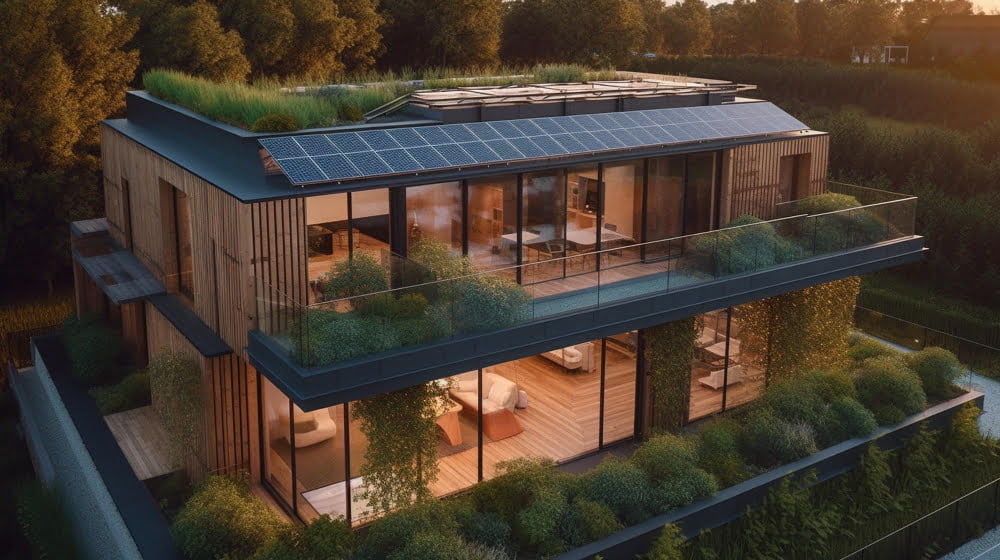
They involve covering the roof with vegetation, which provides numerous benefits such as reducing energy costs by insulating the building, improving air quality by absorbing carbon dioxide and other pollutants, and reducing stormwater runoff. Green roofs can also provide a habitat for birds and insects in urban areas where green space is limited.
There are two types of green roofs: intensive (which require more maintenance) or extensive (which require less maintenance).
While they may be more expensive upfront than traditional roofing materials, their long-term environmental benefits make them an attractive option for those looking to reduce their carbon footprint while creating stunning decor on a budget.
Rubber Shingles
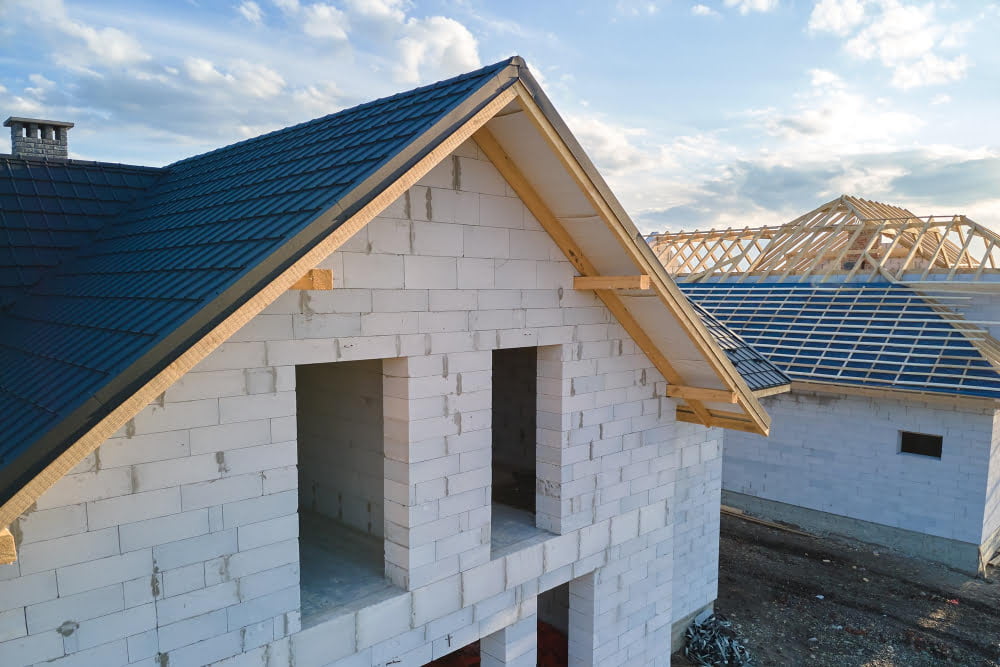
Made from recycled rubber, these shingles can mimic the look of slate or wood shakes while providing superior durability and weather resistance. Rubber shingles are lightweight, easy to install, and require minimal maintenance over their lifespan of up to 50 years.
They also offer excellent insulation properties that can help reduce energy costs in your home. Rubber shingles are resistant to fire, hail damage, and UV rays which makes them a great option for areas with extreme weather conditions such as hurricanes or tornadoes.
Overall if you’re looking for a sustainable roofing solution that is both affordable and long-lasting then rubber shingle may be the perfect choice for you!
Clay Tiles
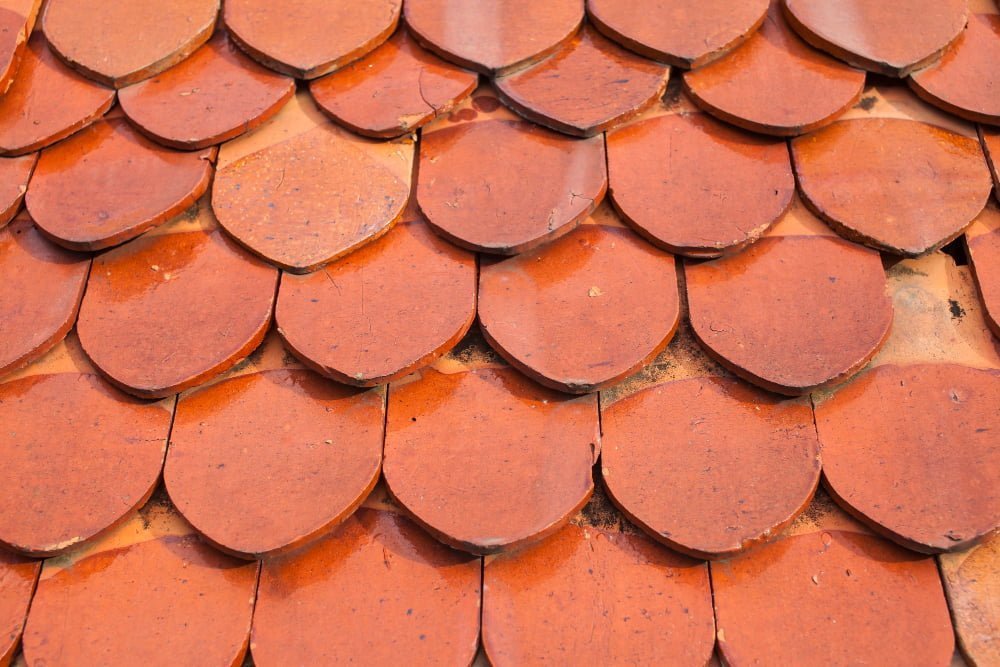
They have been used for centuries and offer a classic, timeless look that can add value to any home. Clay tiles come in various shapes, sizes, and colors which make them versatile enough to fit any architectural style.
One of the benefits of clay tiles is their durability. They can withstand extreme weather conditions such as high winds, hailstorms or heavy rain without getting damaged easily.
They are fire-resistant which makes them an excellent choice for areas prone to wildfires.
Another advantage of clay tile roofing is its energy efficiency properties; it helps keep homes cooler during hot summer months by reflecting sunlight away from the roof surface instead of absorbing it like other materials do.
However, there are some downsides associated with using clay tile roofs including their weight (which may require additional structural support), cost (they tend to be more expensive than other roofing options) and fragility (they can crack if walked on).
Slate Roofing
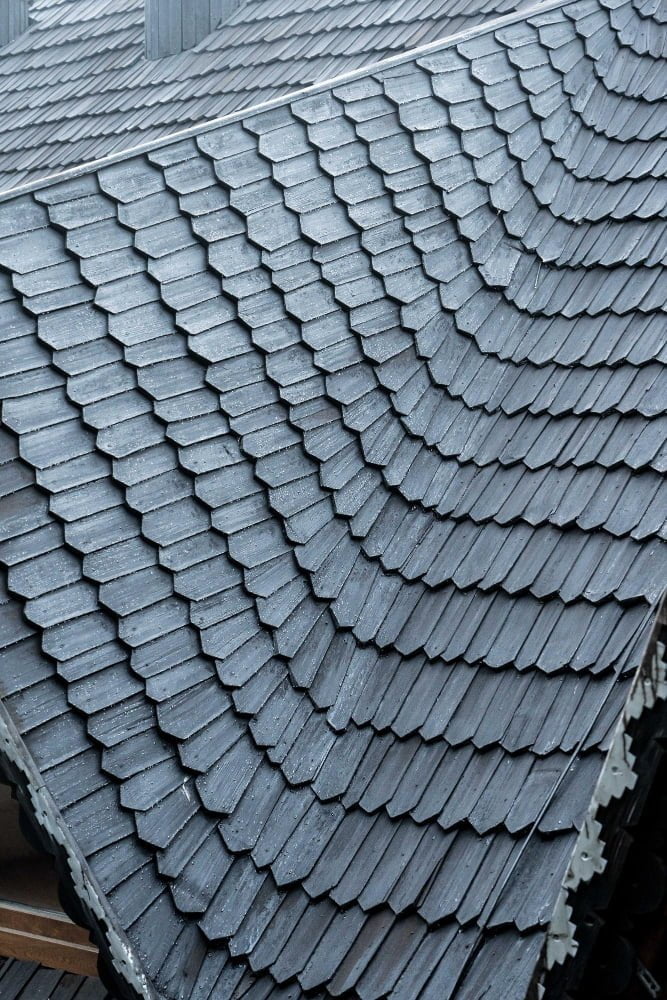
It’s made from natural stone and has been used for centuries due to its durability and longevity. Slate roofs can last up to 100 years, making them an excellent investment for homeowners who want a long-lasting roof that requires minimal maintenance.
One of the benefits of slate roofing is its aesthetic appeal. The natural stone comes in various colors, including gray, green, purple, black and red hues that add character and charm to any home’s exterior.
However, there are some downsides associated with slate roofing as well. One major drawback is the cost; it can be significantly more expensive than other types of roofing materials due to the difficulty involved in quarrying and installing it properly.
Slate tiles are heavy which means they require additional support structures during installation which adds further costs on top of material expenses.
Concrete Tiles

They come in a variety of colors, shapes, and sizes to fit any home’s style. Concrete tiles can mimic the look of other roofing materials such as clay or slate but at a lower cost.
They are also fire-resistant and energy-efficient, making them an excellent choice for homeowners looking for sustainable options. However, concrete tiles can be heavy compared to other roofing materials; therefore, it is essential to ensure that your roof structure can support their weight before installation.
Wood Shakes
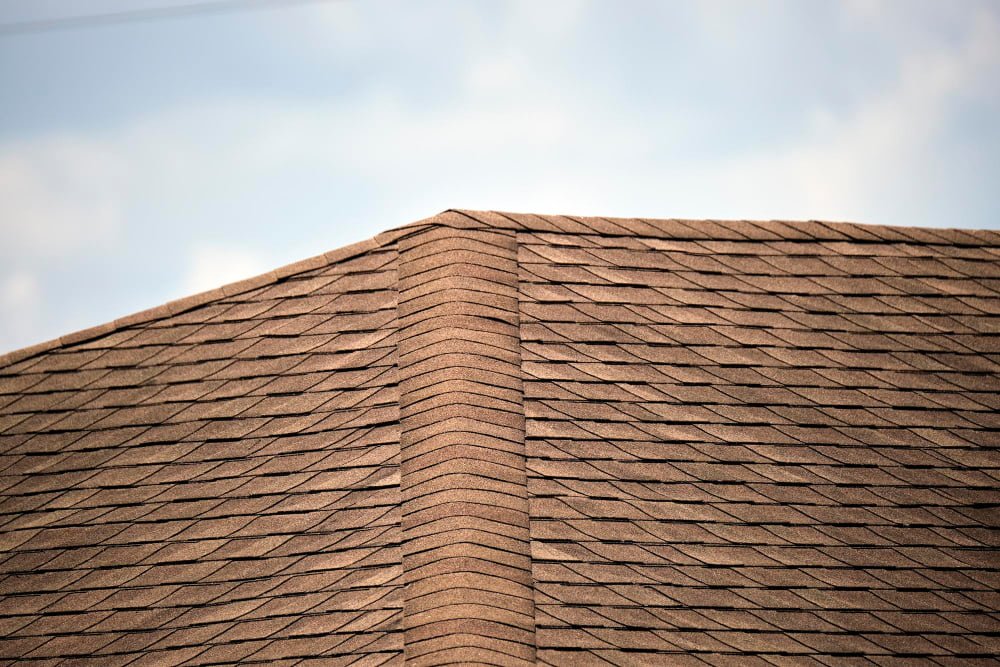
They offer a natural and rustic look that can add character to any home. Wood shakes are typically made from cedar, redwood, or pine trees and can last up to 30 years with proper maintenance.
One of the benefits of wood shakes is their energy efficiency. They provide better insulation than other roofing materials which helps keep your home cooler in the summer and warmer in the winter.
However, there are some downsides to consider before choosing wood shakes as your roof shingle alternative. First, they require more maintenance than other materials because they need regular cleaning and treatment for mold or mildew growth.
Second, they may not be suitable for areas prone to wildfires due to their flammability.
Synthetic Slate
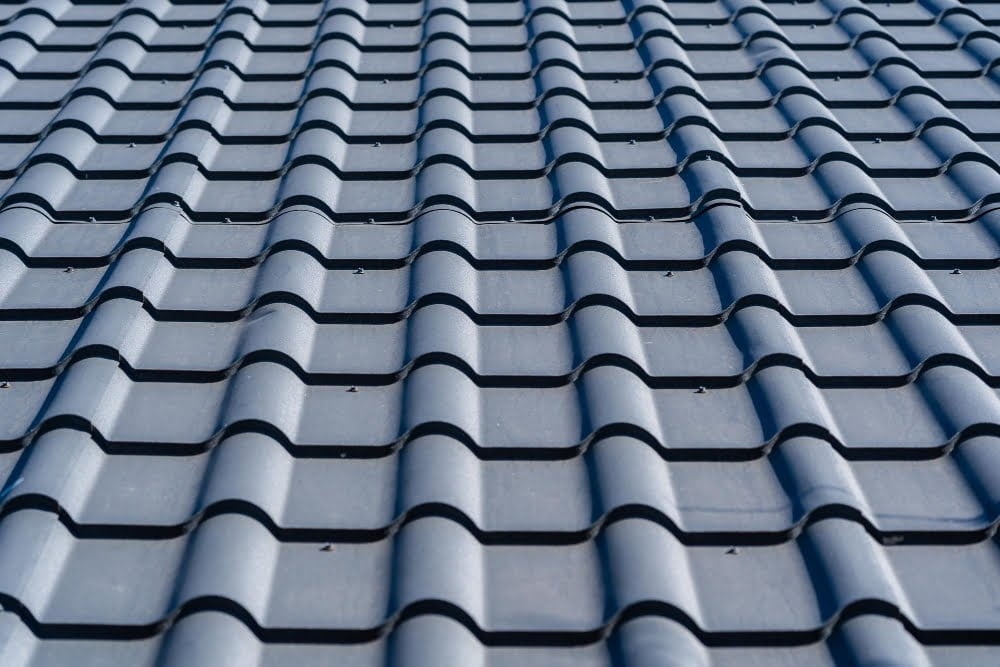
It is made from a combination of plastic and rubber, which makes it lightweight and easy to install. Synthetic slate comes in many different colors and styles, so you can choose the one that best matches your home’s aesthetic.
One of the biggest advantages of synthetic slate is its durability. Unlike natural materials like wood or stone, synthetic materials are resistant to weathering, UV rays, and other environmental factors that can cause damage over time.
This means that your roof will last longer with less maintenance required.
Another advantage of synthetic slate is its affordability compared to natural materials like real stone or clay tiles. While it may not have the same prestige as these high-end options, it still provides an attractive look at a fraction of the cost.
Polymer-sand Tile
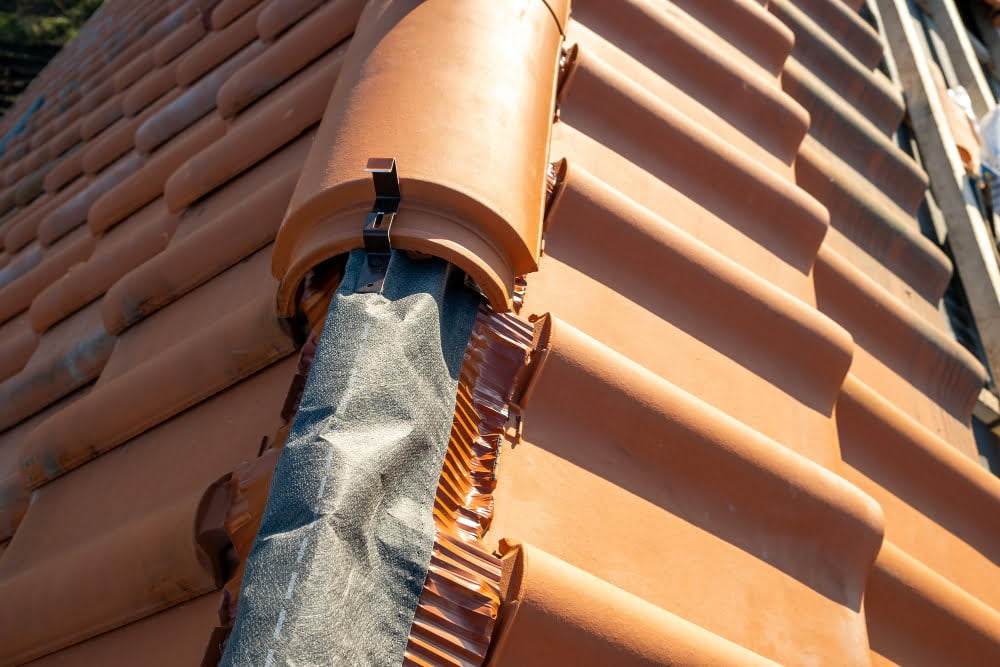
They are made from a mixture of sand and polymer, which makes them durable and long-lasting. These tiles come in various colors, shapes, and sizes that can mimic the look of natural materials like slate or clay.
Polymer-sand tiles have excellent resistance to weathering elements such as UV rays, wind damage, hailstorms or heavy rainfalls.
One significant advantage of using polymer-sand tile is its lightweight nature compared to other roofing materials like concrete or clay tiles; this means it requires less structural support during installation hence reducing costs significantly.
Another benefit is their eco-friendliness since they’re made from recycled plastic waste material mixed with sand; thus reducing landfill waste while providing an affordable roofing solution for homeowners on a budget.
Corrugated PVC Panels
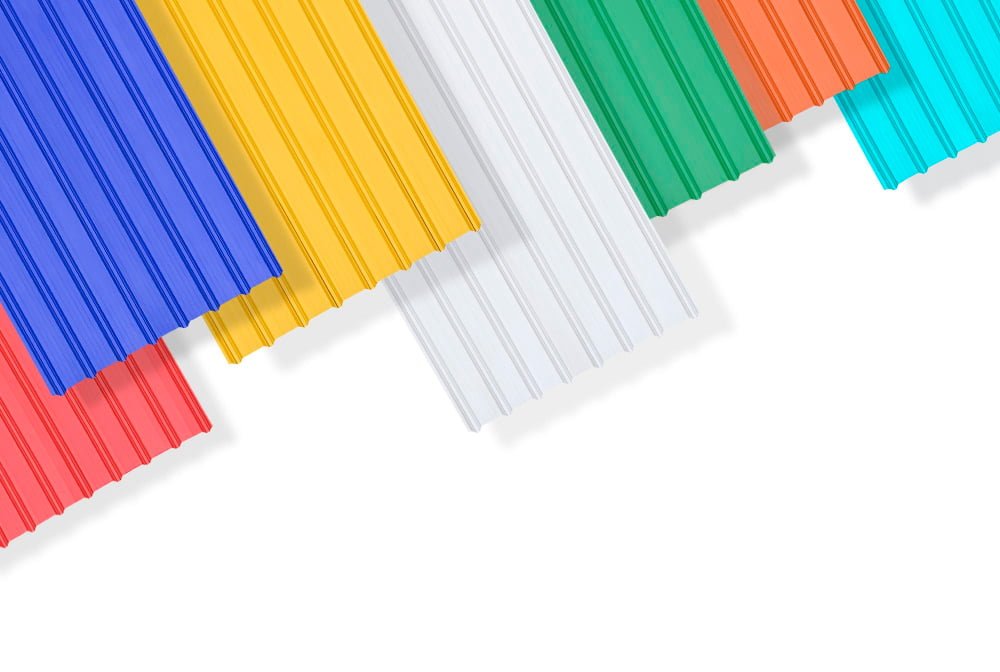
These lightweight and durable panels are made from polyvinyl chloride (PVC) plastic, which makes them resistant to weathering, corrosion, and UV rays. They come in a variety of colors and styles that can mimic the look of other roofing materials such as metal or asphalt shingles.
One advantage of corrugated PVC panels is their ease of installation. They can be easily cut with basic tools like scissors or a utility knife, making them an ideal choice for DIY projects.
They require minimal maintenance compared to other roofing materials.
Another benefit is their affordability; corrugated PVC panels typically cost less than traditional roofing options while still providing excellent protection against the elements.
However, it’s important to note that these types of roofs may not be suitable for all climates due to their lower insulation properties compared with some other alternatives on this list.
Asphalt Roll Roofing
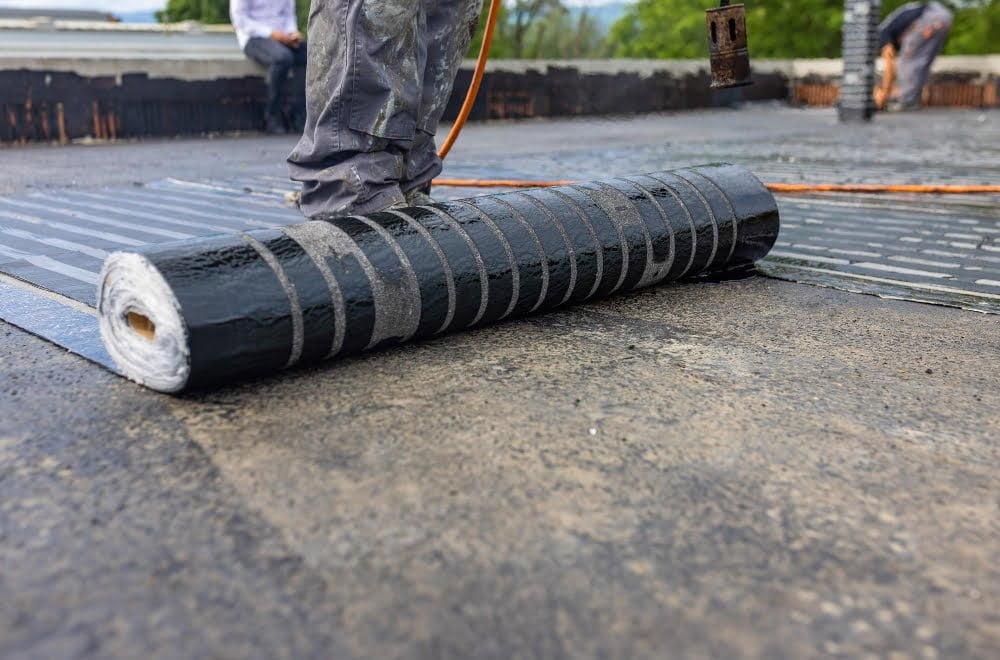
It is made from the same material as asphalt shingles but comes in large rolls that are easier to install. This type of roofing can be used on flat or low-sloped roofs and provides excellent protection against the elements.
Asphalt roll roofing typically lasts between 5-10 years, making it a great option for those who need an inexpensive short-term solution for their roof. However, it may not be suitable for areas with extreme weather conditions or high winds as it can easily tear or become damaged under these circumstances.
If you’re looking for an economical way to protect your home’s roof without sacrificing quality, asphalt roll roofing could be a good choice!
Built-up Roof (BUR)
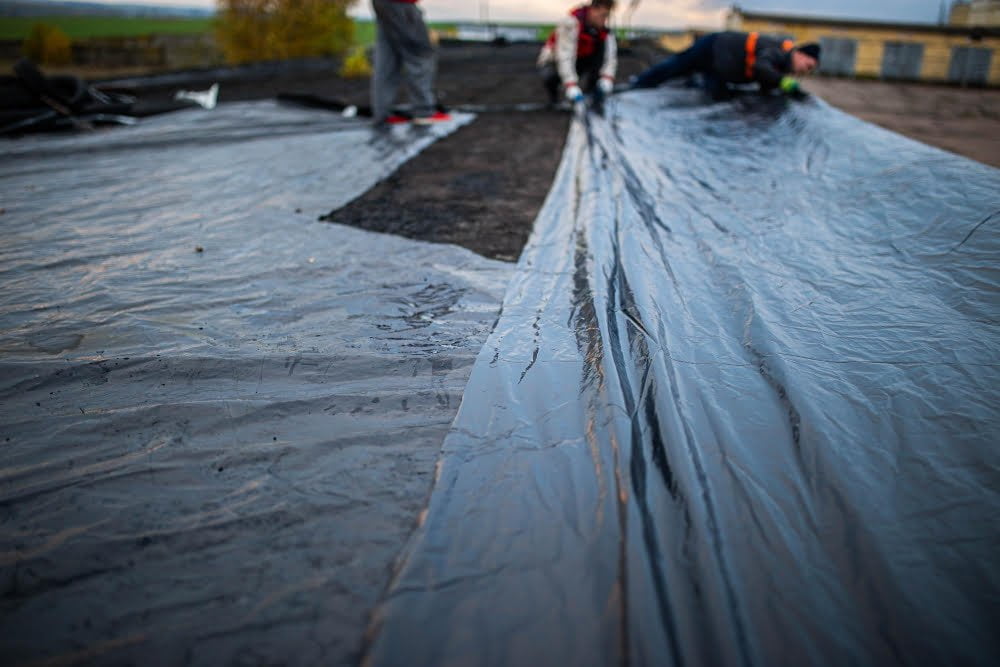
It consists of multiple layers of bitumen and reinforcing fabrics, such as fiberglass or polyester, which are built up to create a durable and waterproof membrane. The top layer can be finished with gravel or other materials to protect the underlying layers from UV rays and weather damage.
One advantage of BUR is its longevity – it can last up to 30 years with proper maintenance. It also provides excellent insulation properties, making it an energy-efficient option for homes in colder climates.
However, BUR installation requires skilled professionals due to the complexity of the process. It may not be suitable for all types of roofs or buildings due to its weight and thickness.
Thermoplastic Polyolefin (TPO)
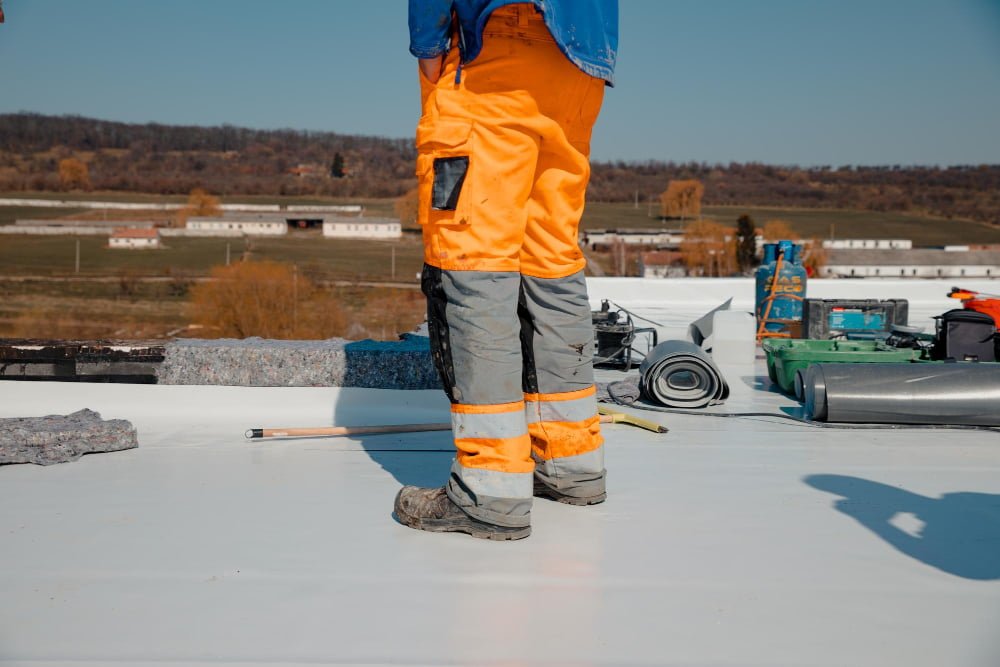
It is made from a blend of rubber, plastic, and other materials that make it highly durable and resistant to weathering. TPO roofs are also energy-efficient as they reflect sunlight instead of absorbing it like traditional asphalt shingles.
One advantage of TPO roofing is its ease of installation. The sheets come in large rolls which can be easily cut to fit the roof’s dimensions, making installation faster than other types of roofing materials.
Another benefit is its low maintenance requirements. Unlike some other types of roofs that require regular cleaning or coating with sealants, TPO requires minimal upkeep once installed properly.
Ethylene Propylene Diene Monomer (EPDM)
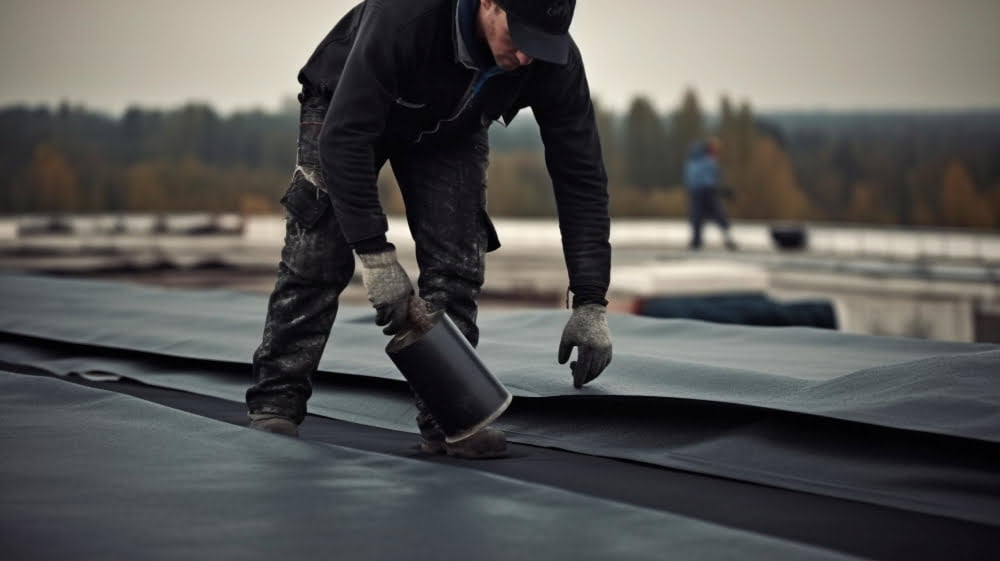
It is known for its durability, resistance to weathering and UV rays, and low maintenance requirements. EPDM roofs are typically black or dark gray in color but can be coated with white acrylic paint to reflect sunlight and reduce cooling costs.
One of the main advantages of EPDM roofing is its affordability compared to other materials like metal or slate. It also has a long lifespan of up to 50 years when properly installed and maintained.
EPDM roofs are easy to install as they come in large sheets that can be cut into any shape or size needed for the roof’s design. They require minimal upkeep beyond regular cleaning with soap and water.
However, one potential downside of EPDM roofing is that it may not be suitable for areas prone to hailstorms as it can easily get damaged by impact from hailstones. Some homeowners may not prefer the look of black rubber on their roof despite being able to coat it with white acrylic paint.
Standing Seam Metal Panel
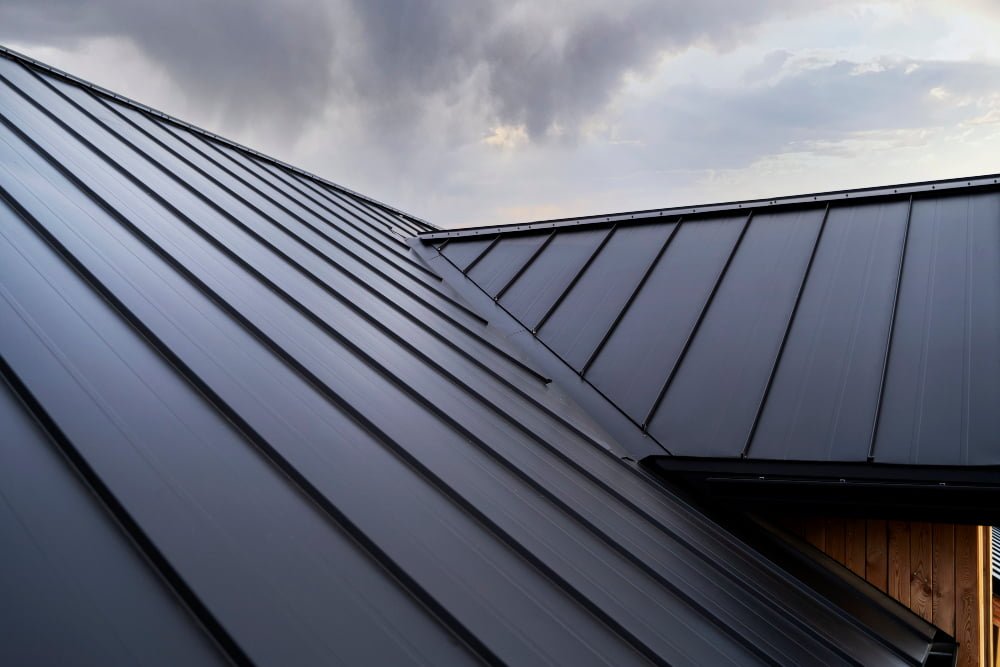
They consist of interlocking metal sheets that run vertically along the roof’s surface, creating a sleek and modern look. These panels are made from durable materials such as steel or aluminum, making them resistant to weather damage and corrosion.
Standing seam roofs also have excellent energy efficiency due to their reflective properties, which can help reduce cooling costs in hot climates. They require minimal maintenance and can last up to 50 years with proper care.
While standing seam roofs may be more expensive than other roofing options upfront, their longevity makes them an excellent investment for homeowners looking for a long-term solution that is both stylish and practical.
Bituminous Membrane
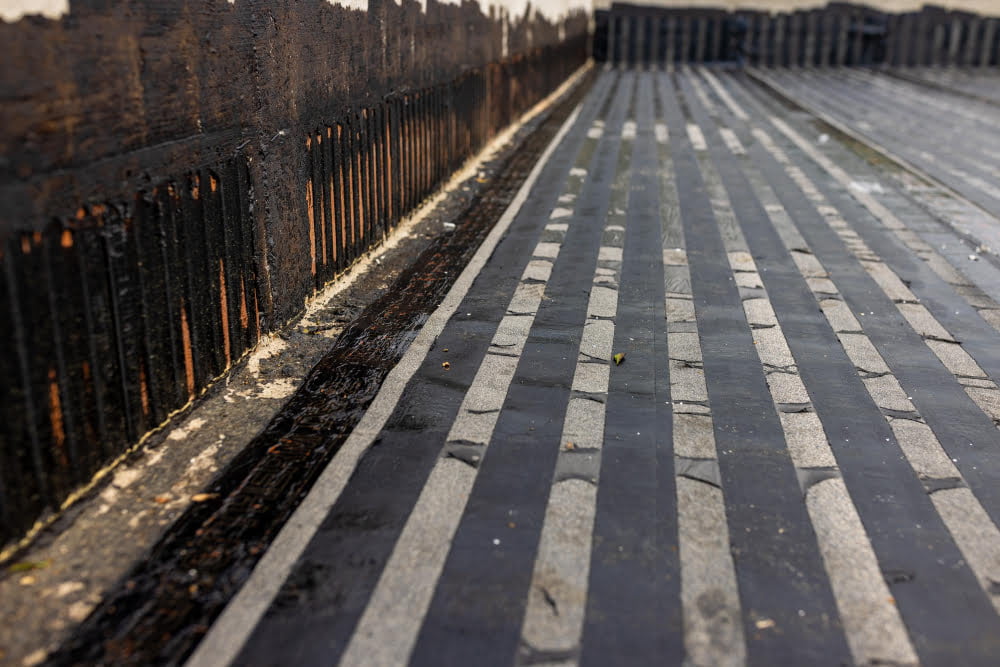
It is made from asphalt and reinforced with fiberglass or polyester. This type of roofing material is known for its durability, resistance to weathering, and ease of installation.
Bituminous membranes come in two types: SBS (styrene-butadiene-styrene) and APP (atactic polypropylene). SBS bitumen has rubber-like properties that make it more flexible than APP bitumen, which tends to be stiffer but offers better heat resistance.
One advantage of using bituminous membrane as a roofing material is its ability to withstand extreme temperatures without cracking or splitting. It also provides excellent waterproofing capabilities due to the way it adheres tightly to the roof surface when installed correctly.
Another benefit of this type of roofing material is that it can be applied directly over an existing roof surface without requiring removal first – making installation quicker and easier than some other alternatives.
Fiberglass-reinforced Plastic
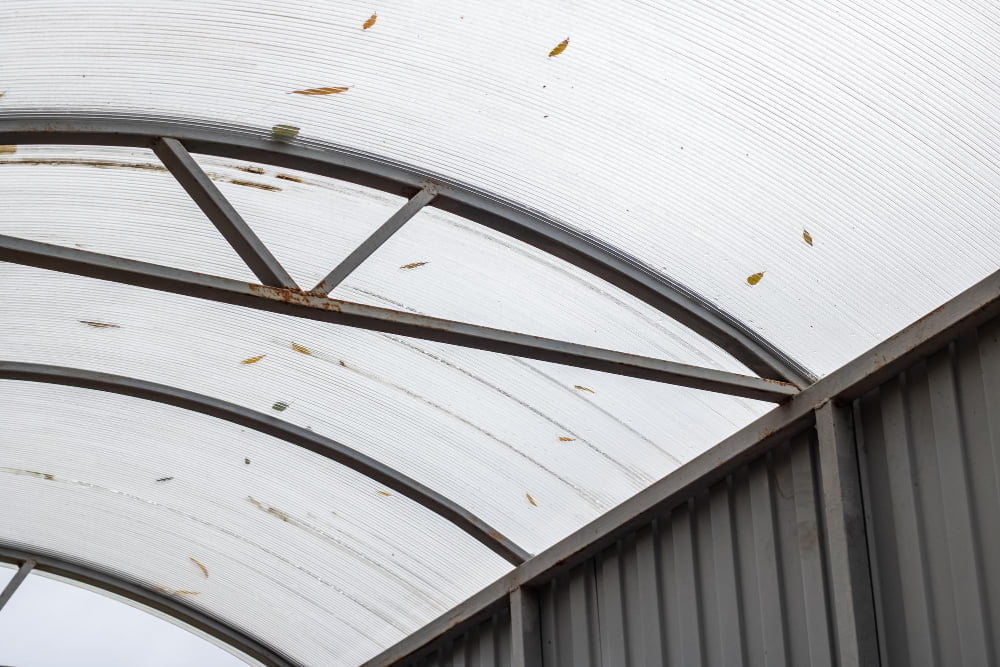
FRP panels are made of fiberglass strands that are woven together and then coated with a resin. This creates a strong, flexible, and weather-resistant material that is ideal for use in areas with high winds or extreme temperatures.
One of the main advantages of FRP roofing is its low cost compared to other materials like metal or slate. It’s also easy to install since it comes in large sheets that can be cut to size on-site.
Another benefit of using FRP panels for your roof is their longevity. They have excellent resistance against UV rays, moisture, chemicals, and fire damage which makes them last longer than most conventional shingle roofs.
Aluminum Composite Panels
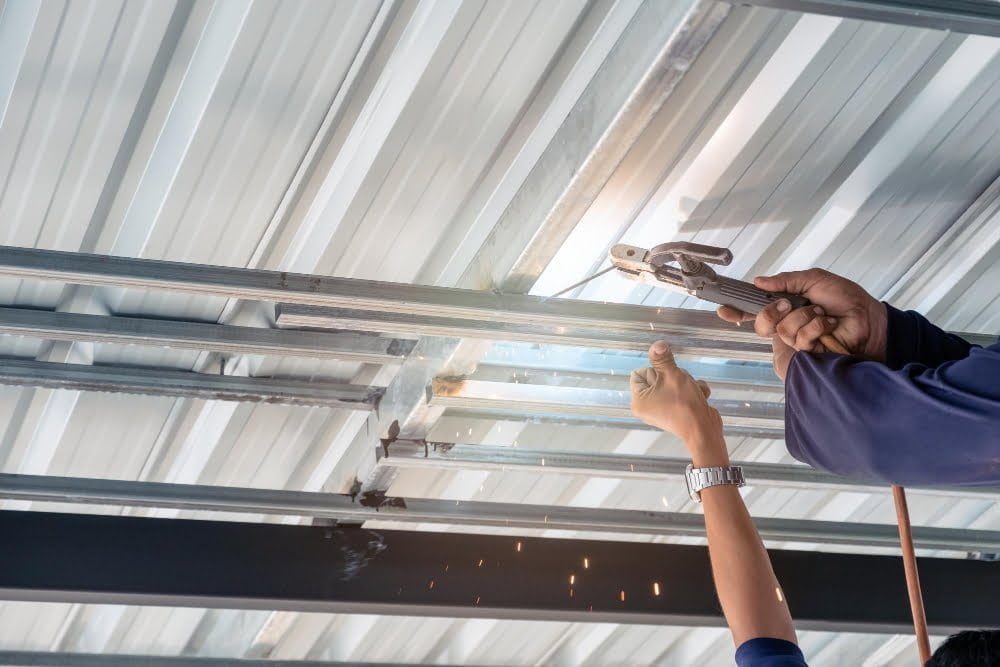
They consist of two aluminum sheets bonded to a non-aluminum core, such as polyethylene or fire-resistant mineral-filled core. These panels are lightweight, durable and easy to install.
They come in various colors and finishes that can mimic the look of other roofing materials like wood shakes or slate tiles.
One advantage of using aluminum composite panels is their resistance to weathering and corrosion, making them ideal for areas with harsh climates or high levels of pollution. They have excellent insulation properties that can help reduce energy costs by keeping the interior cool during hot summers and warm during cold winters.
However, it’s important to note that aluminum composite panels may not be suitable for all types of roofs due to their limited ability in handling heavy loads compared with other roofing materials like metal sheets or concrete tiles. It’s recommended consulting with a professional roofer before deciding on this option.
Recycled Materials
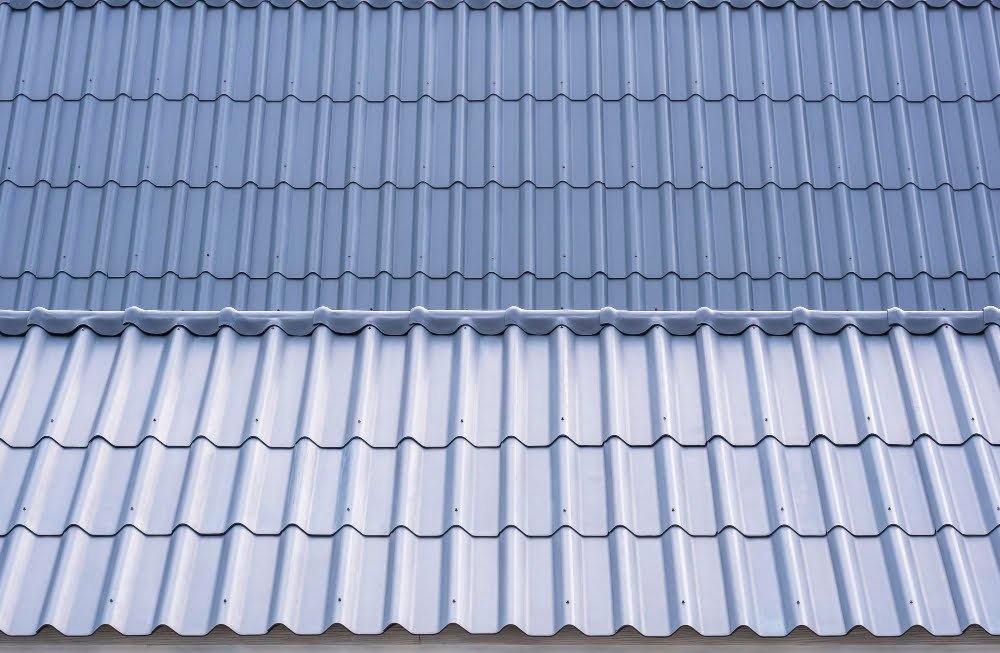
There are many different types of recycled materials that can be used as roof shingle alternatives, including rubber from old tires, plastic bottles and bags, and even reclaimed wood. These materials not only divert waste from landfills but can also provide unique textures and colors to your home’s exterior.
However, it is important to note that some recycled roofing options may require more maintenance than traditional shingles or have a shorter lifespan due to the nature of the material. It is always best to consult with a professional before making any decisions about using recycled materials for your roof shingle alternative needs.
Recap

